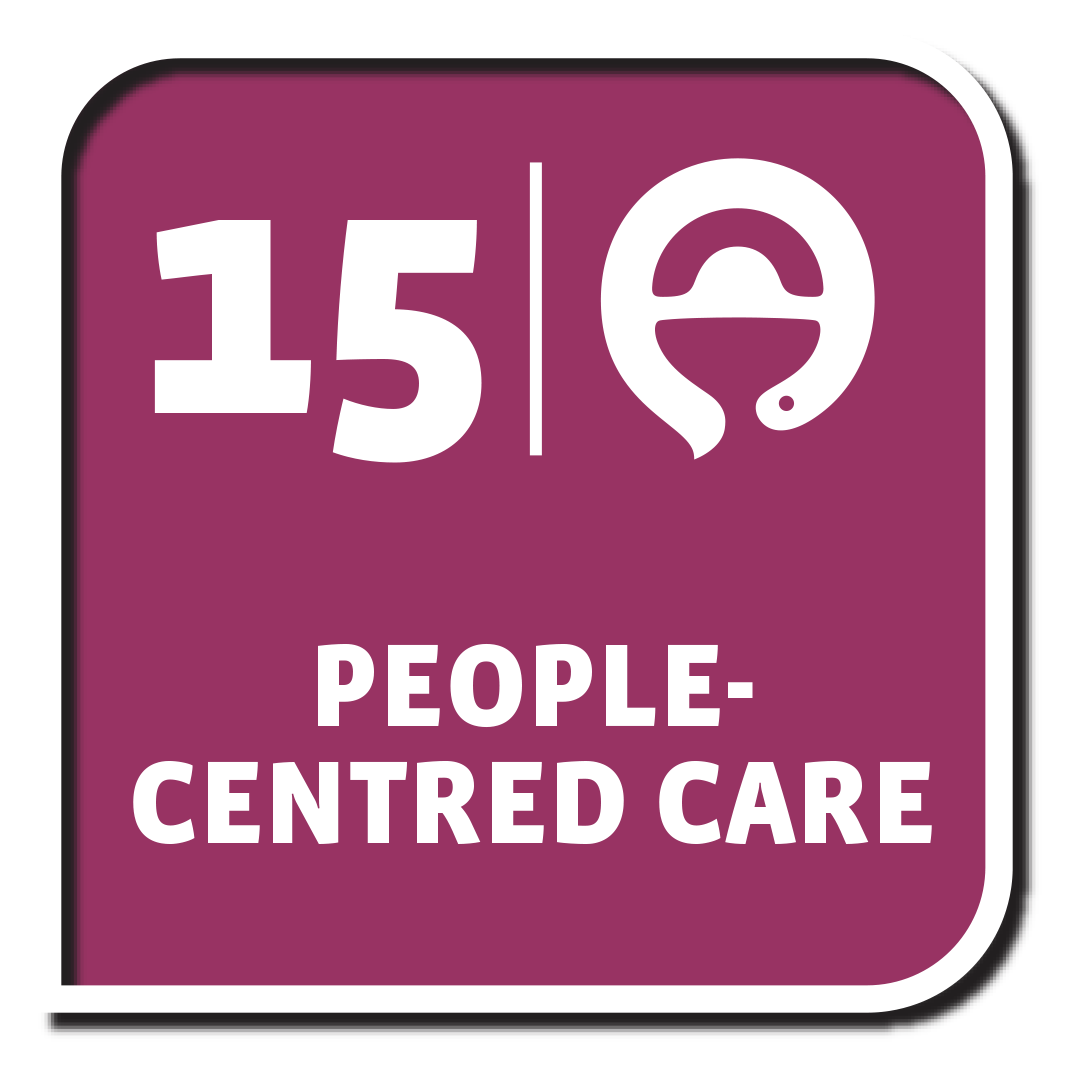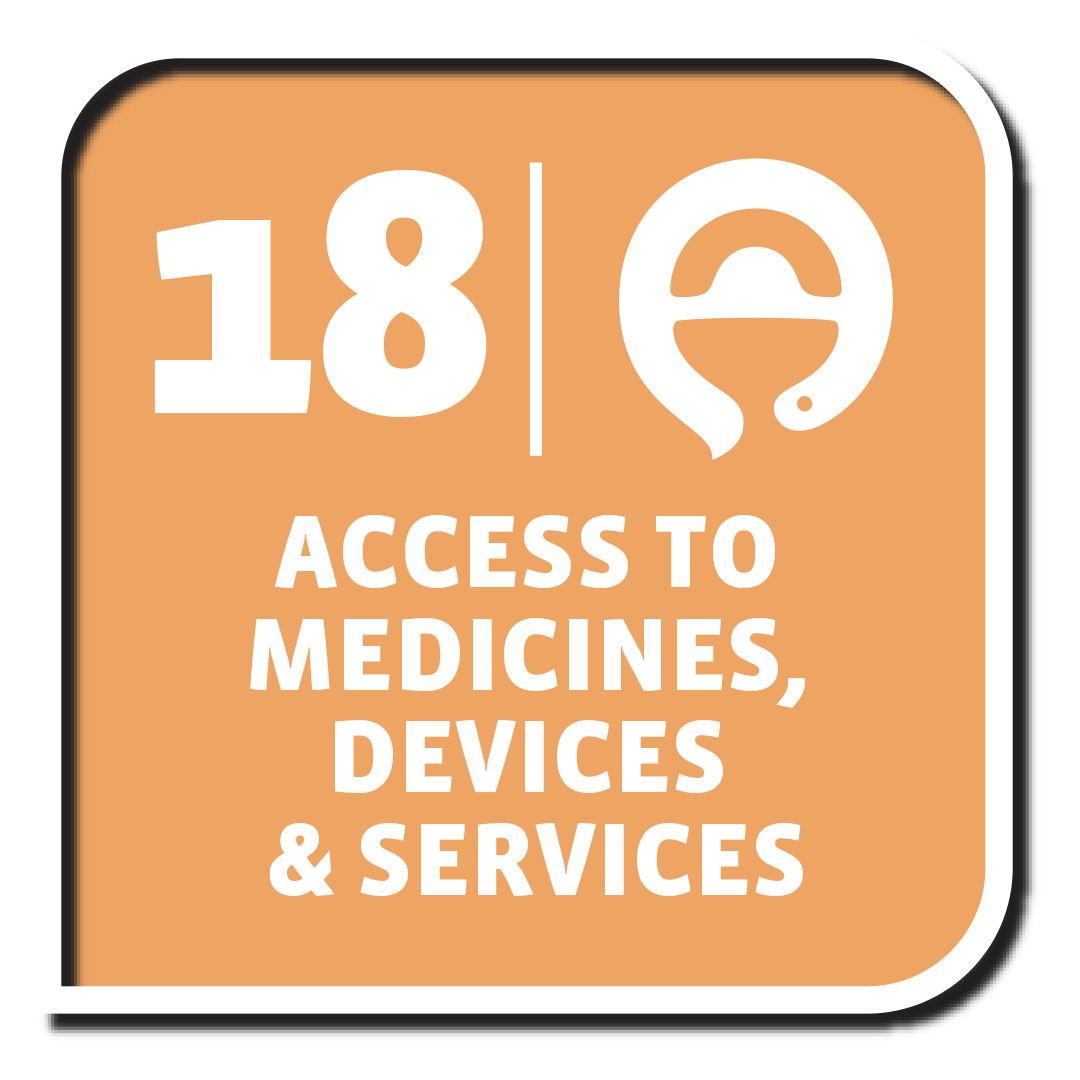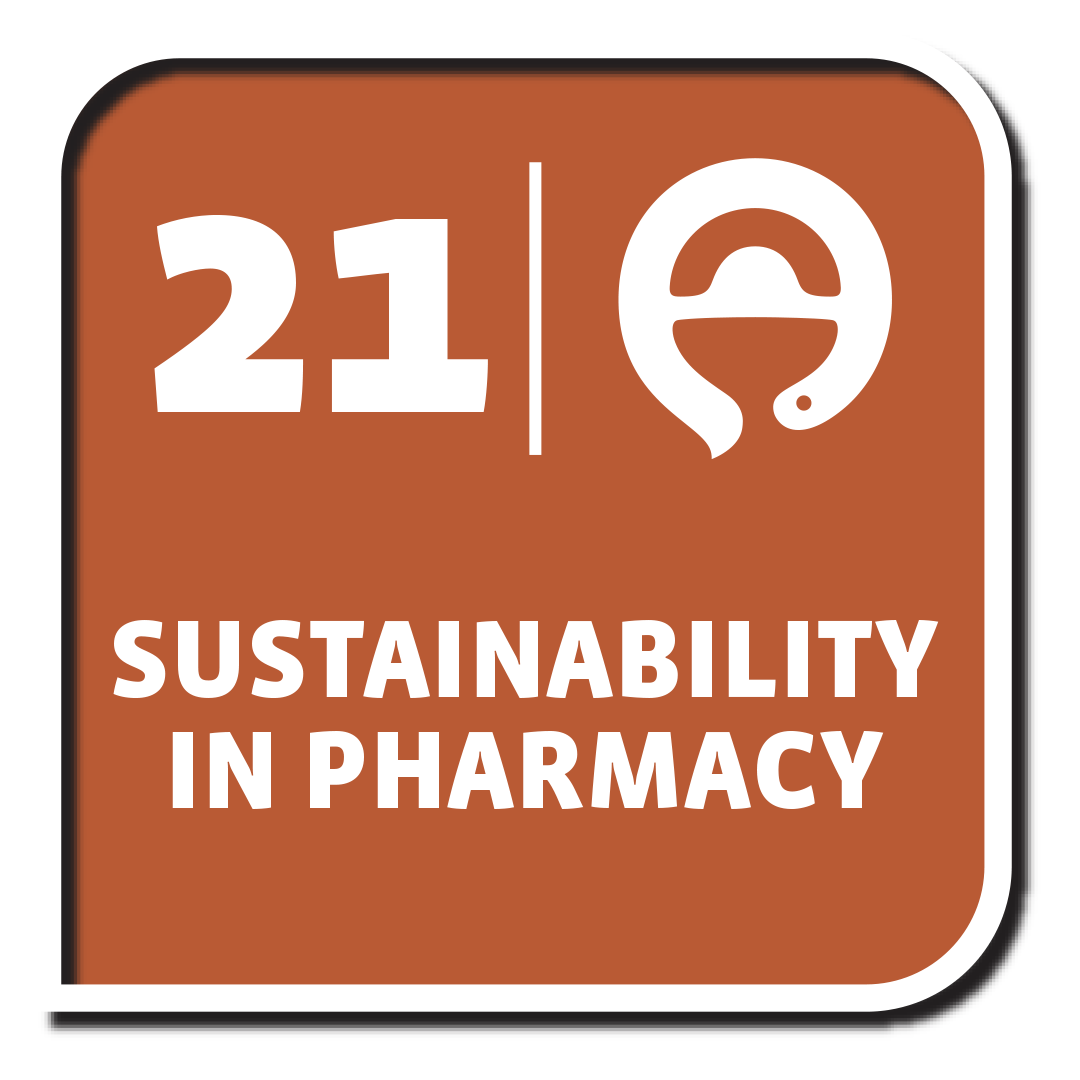PSTU-02 - 3D printing: Is it the future of pharmacy and pharmaceuticals?
Tracks
Room D2
| Tuesday, September 2, 2025 |
| 11:00 - 12:30 |
| Room D2 |
Details
Organised by the FIP Board of Pharmaceutical Sciences in collaboration with the FIP Drug delivery and manufacturing SIG & the FIP Industrial Pharmacy Section
Chair(s)
Assis. Prof. Petra Arany, University of Debrecen, Hungary & Prof. Erem Bilensoy, Hacettepe University, Turkey
Introduction:
This session will focus on the opportunities and challenges associated with 3D printers as a manufacturing tool for pharmaceuticals..
As an emerging alternative to bulk manufacturing with standardised doses and formulations, 3D printing and GMP-ready filaments and printers will be discussed as a possible future direction for the pharmacy profession. The topic will be viewed through different perspectives, ranging from hospital pharmacies to the pharmaceutical industry and pharmaceutical research.
This will be a parallel session comprising presentations on the current potential of 3D printing in hospital pharmacies in different countries, followed by the industrial potential of printing technologies and additive manufacturing. The versatile applications and the general regulatory outlook to 3D printing in pharmaceutical sciences will also be presented. Related abstract submissions from young scientists will be selected as short oral presentations.
Programme:
Learning objectives:
1. To identify and describe 3D printers and printing techniques suitable for pharmaceutical manufacturing.
2. To compare existing pharmaceutical manufacturing approaches to 3D printing techniques.
3. To evaluate how to incorporate 3D printers into hospital and community pharmacies.
Take home messages:
Pharmacists attending this session will clearly evaluate current potential and opportunities for 3D printers and 3D printing technique within their professional life.
FIP Development Goals:


 To learn more about these FIP Development Goals, click on the links below.
FIP Development Goal 15: People-Centred Care
FIP Development Goal 18: Access to Medicines, Devices & Services
FIP Development Goal 21: Sustainability in Pharmacy
To learn more about these FIP Development Goals, click on the links below.
FIP Development Goal 15: People-Centred Care
FIP Development Goal 18: Access to Medicines, Devices & Services
FIP Development Goal 21: Sustainability in Pharmacy
| 11:00 – 11:05 | Introduction by the chairs | |
| 11:05 – 11:25 | 3D printing in the pharmaceutical industry, and its translation to clinics | |
| Prof. Abdul Basit, University College London, UK | ||
| 11:25 – 11:45 | Pharmacy compounding with 3D printing technology: Real world use cases from hospital pharmacies in Europe and USA | |
| Prof. Niklas Sandler, Curify Labs, Finland | ||
| 11:45 – 12:05 | Tailor‐made doses of pharmaceuticals by tunable modular design | |
| Prof. Natalja Genina, University of Copenhagen, Denmark | ||
| 12:05 – 12:25 | Panel discussion | |
| 12:25 – 12:30 | Wrap-up by chairs |
Speakers
Prof. Abdul Basit
UCL
3D printing in the pharmaceutical industry, and its translation to clinics
Prof. Niklas Sandler
CurifyLabs
Pharmacy compounding with 3D printing technology: Real world use cases from hospital pharmacies in Europe and USA
